The Zen of Dog Training: Walk Like a Boss
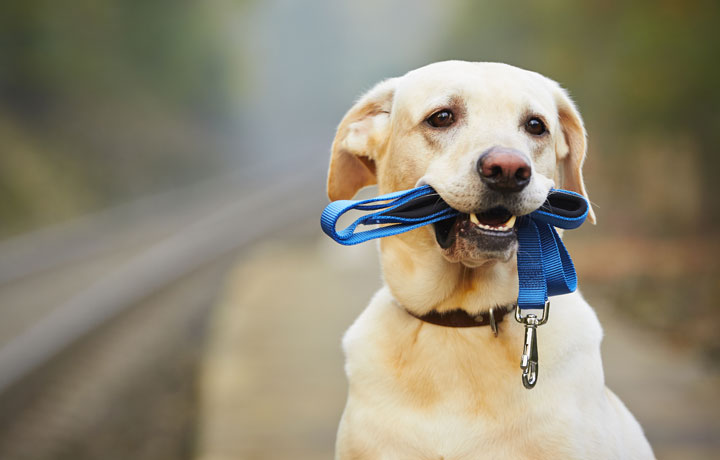
Walking the dog. One of the most common and challenging aspects of the human-canine dynamic, and one of the most crucial.
This one simple activity is where much is being communicated, established and reinforced. Are we leading or being led? Are we giving into bratty, pushy behavior by ignoring, rolling our eyes and allowing, or are we addressing and following through on our expectations of polite, respectful behavior? Are we establishing and consistently reinforcing rules, boundaries and parameters? Are we feeling nervous, anxious, frustrated, and stressed, or calm, confident, and grounded? Is our leash-holding arm bent with constant tension and are we “bracing ourselves for the inevitable”, or is it long and relaxed by our side? Is the dog on a retractable or a leash with way too much slack, or a short but loose one?
The “walking the dog” ritual embodies and represents more than we realize. It indicates how we feel about leading and guiding (and whether or not we can be trusted to do so), how we feel moving in and through various situations and scenarios we encounter, where we fall in the pack hierarchy and dynamic, and more.
Dogs who have humans they trust, respect, and feel confident in following simply don’t act out of line or feel the need to protect. They know their human has whatever may come their way. When no one is leading and guiding with some sense of confidence and control, there’s a void in the pack dynamic, giving many dogs reason to step in.
Nailing The Walk has far more to do with us than our canine companions. Is your walk anything but enjoyable? Here are some helpful tips to turn your dog walk from an absolute nightmare into a total dream:
The Walk begins before we step outside the door.
What goes on inside the door sets the tone for what will go down outside the door. In other words, teach and expect calm behavior during the “leading up to the walk” ritual, then reward with moving into the outside world. All too often, we’re rewarding frantic, over-excited, unbalanced states of mind with getting leashed up and out for the walk; which, in turn, reinforces that state of mind and behavior.
Pick a side.
For many, having a dog walk on the left side is most comfortable, but do what works best for you. Keep in mind, we’re supposed to be on a walk with our dog. Not being walked by our dog or vice versa. This is a shared and mutually beneficial activity, and one of the best ways to bond.
Choose the best leash and collar combo, or “toolset”, to suit your needs.
Every dog is different, as is every human. If your dog isn’t walking like an absolute dream beside you, there are some helpful tools that can come in for the assist. Just remember, as with any tool, educate and train yourself on how to appropriately and properly fit and use before working Fido on it.
Keep a long, relaxed arm with a short, loose leash.
Tightness conveys tension. Tension is usually a byproduct of anxiety, fear, nervousness, frustration, and stress. We say more than we know to a dog through the leash. It’s a direct line of communication.
Lift your shoulders up and press them back.
Our body language speaks volumes. By lifting our shoulders and pressing them back we’re no longer shrinking in our space. We’re owning it. Try doing this right now and feel the difference it makes.
Breathe long, hard and deep.
Breath is our barometer, and indicates how we’re feeling each second. It’s also a natural reset button for our internal nervous system. If out on a walk and a hairy situation is encountered, just breathe long, hard and deep, and keep confidently move your way through it.
Continue moving forward.
In sticky scenarios, many people will put their dog in a “Sit”, cover their eyes, dance around in front of them to block their view, and other choice—and quite entertaining—moves. Putting a reactionary dog in a stationary position with an oncoming trigger only causes them to hyper-fixate on said trigger and intensify their reaction. Keep things fluid and moving, leading your dog through the situation calmly and confidently.
Envision what you want instead of what you don’t want or fear.
What we continue to expect, will surely come to pass. When we focus more on how we want things to go as opposed to how we don’t want or what we fear may come to pass, the odds are in our favor for a most productive outcome.
Exercise is one of the most important aspects of a dog’s health, as well as our own. In Nature, wild canines roam for miles and miles each day. This is a natural instinct they have and a need that must be fulfilled by us on a daily basis. Most dogs need more than a leash walk. It’s important to match the duration and intensity of our daily exercise with our dog’s individual energy level. If short on time and there’s a high-energy dog in need of release, increase the intensity of the activity if having to cut back on duration (time).
The vast majority of canine behavioral issues are related to one or more of their instinctual needs not being met, fulfilled and provided by us. A lack of daily exercise and ineffective communication being two of the biggest culprits.
A backyard and a trip to the dog park is not substitution for a daily, structured walk. This issue will be explored further in Part 6 of this series.
All in all, when it comes to knocking several cans with one stone, The Walk delivers. Remember, practice makes awesome.
This article was originally published in our Winter 2015 print issue.
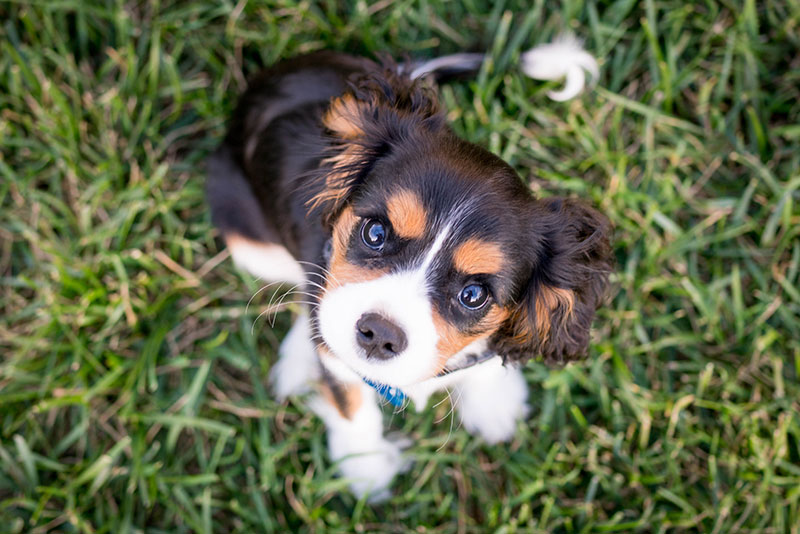
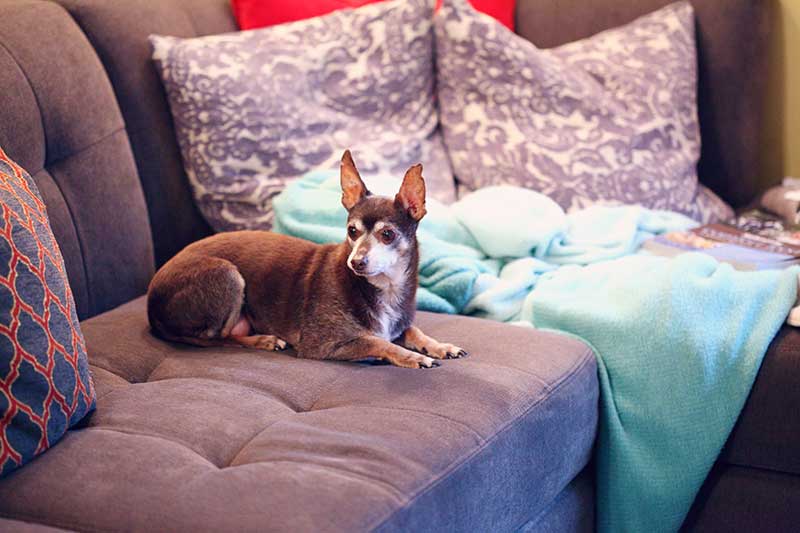

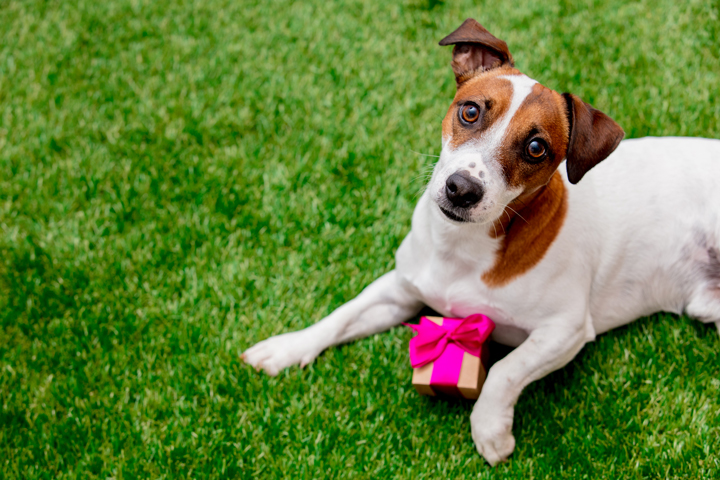
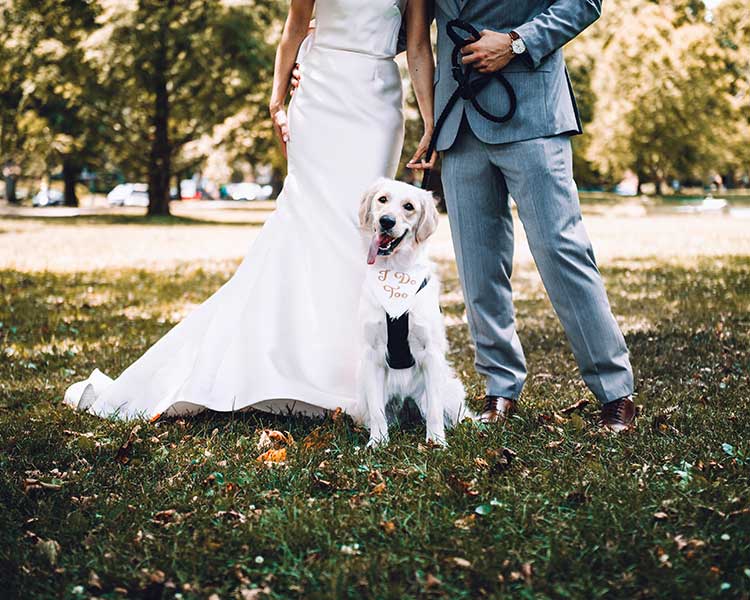
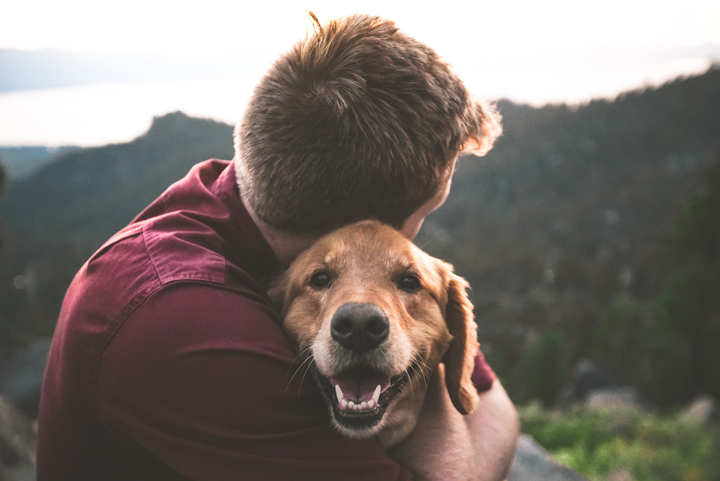
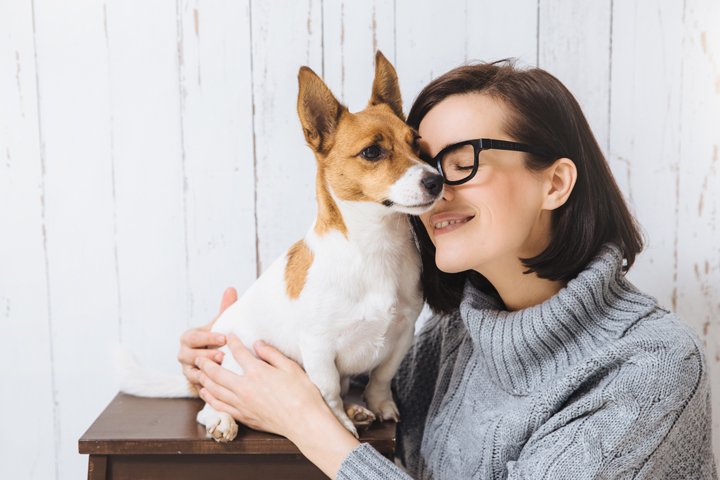


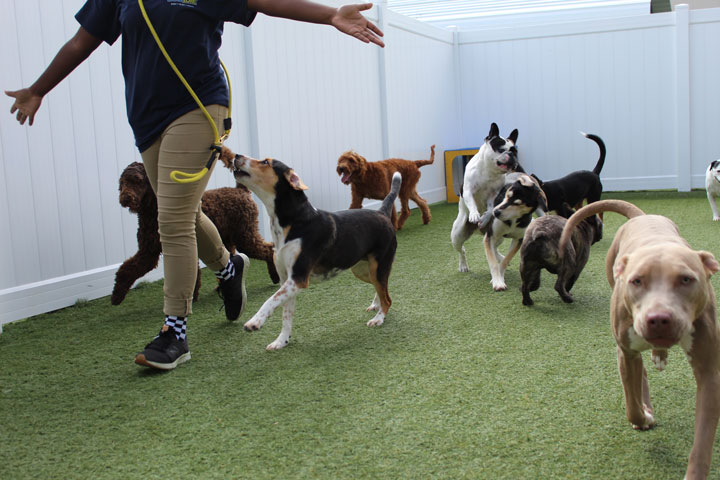
Leave a Reply